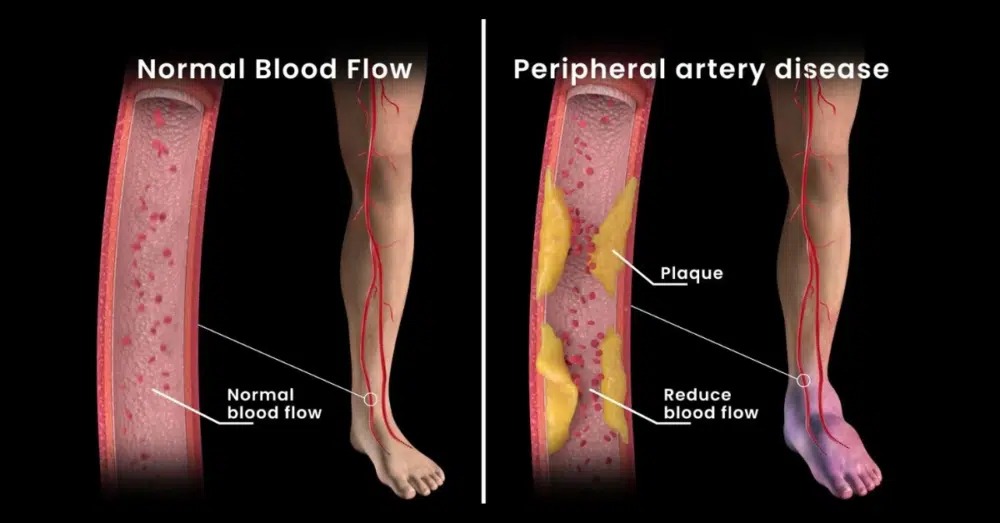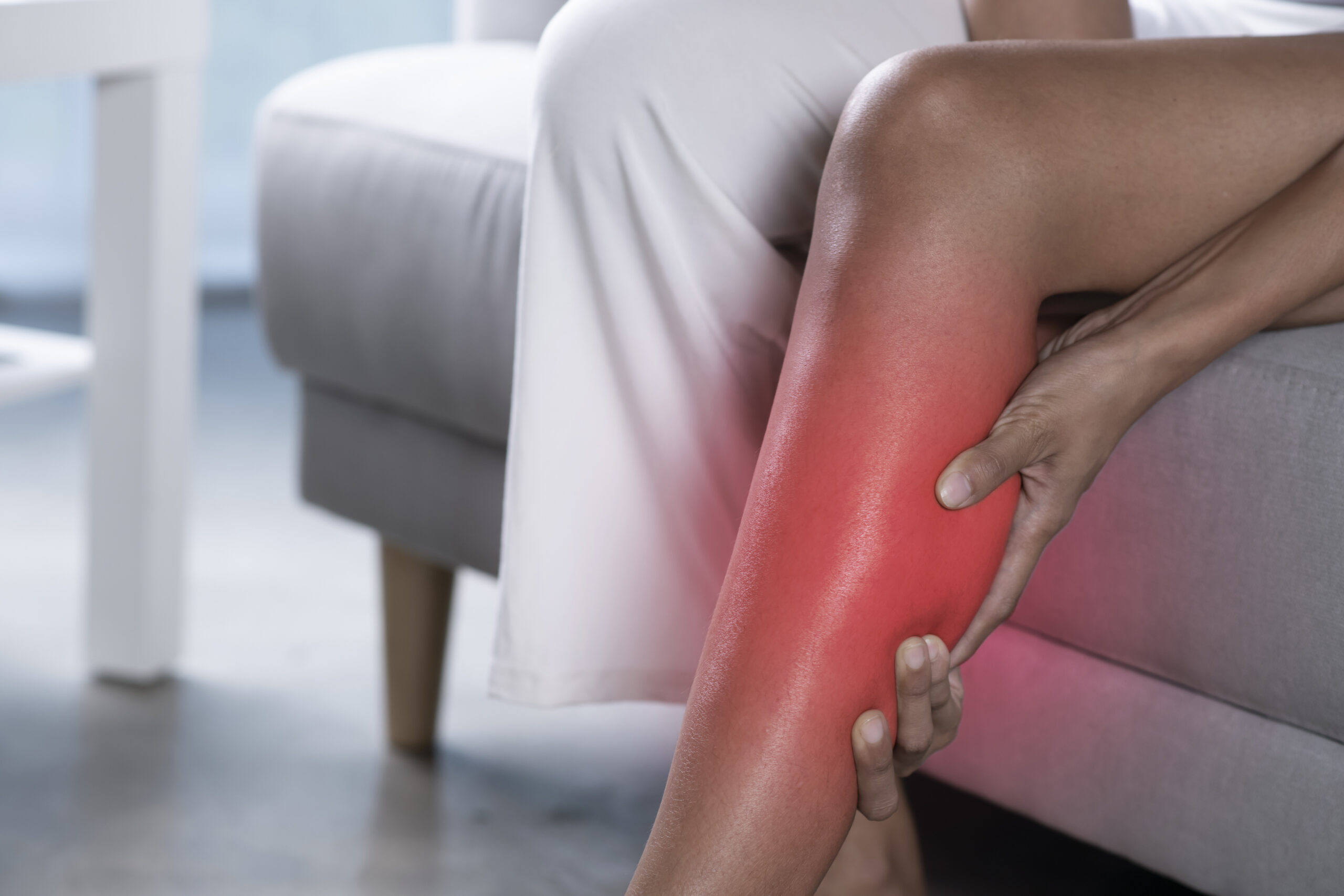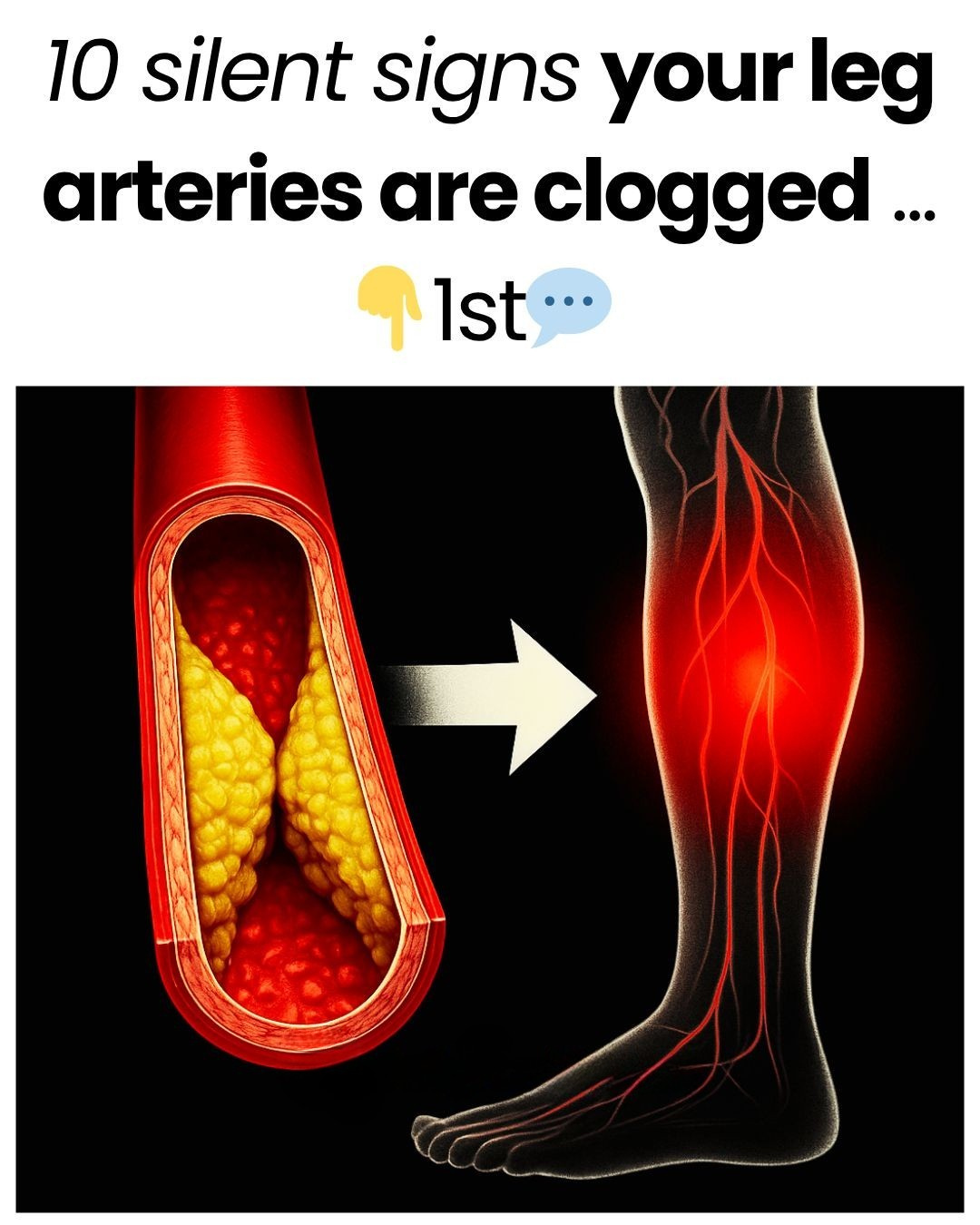In this article, we uncover the hidden danger of Peripheral Arterial Disease (PAD) – a serious condition where fatty deposits (plaque) build up in your leg arteries, reducing blood flow to your legs and feet. You’ll learn about the 10 warning signs that most people miss, why this condition affects 12% to 20% of Americans over 60 (and nearly 50% of those 85 and older), and crucial steps you can take to protect your arterial health.
Why PAD Is So Dangerous

PAD is more than just leg pain—it’s a sign of widespread atherosclerosis, where plaque narrows arteries and restricts blood flow. This plaque buildup makes vessel walls stiff and reduces circulation to the legs. Even worse, these deposits can form blood clots that block arteries completely. If a clot travels to the heart, it can trigger a heart attack; if it reaches the brain, it can cause a stroke.
Other causes of PAD include:
- Vasculitis (blood vessel inflammation)
- Physical trauma (fractures, surgeries)
- Radiation exposure (such as during cancer treatments)
- Congenital abnormalities in blood vessel formation
Key Risk Factors That Multiply Your Danger
Certain lifestyle habits and medical conditions dramatically increase your risk of PAD:
- Smoking – the most dangerous factor, increasing risk by 400%
- Diabetes (Type 2 especially)
- High blood pressure and abnormal cholesterol
- Chronic kidney disease
- Family history of cardiovascular disease
- Age – risk rises sharply after 65
The 10 Silent Warning Signs of PAD

- Intermittent Claudication (Leg Pain on Activity)
Pain or cramping during walking or climbing stairs that stops with rest. - Persistent Leg Numbness and Weakness
A constant sensation indicating poor blood supply to muscles. - Temperature Differences Between Legs
One leg feeling colder than the other is a sign of poor circulation. - Skin Changes
Shiny, pale, bluish, or purplish skin that signals insufficient blood flow. - Hair Loss on Feet and Legs
Reduced circulation prevents normal hair growth. - Changes in Toenails
Brittle, slow-growing nails point to blood flow problems. - Non-Healing Sores on Feet or Legs
Ulcers that won’t heal may lead to severe complications like gangrene. - Weak or Absent Pulses in Feet and Ankles
A key sign detected during medical exams. - Pain at Rest (Burning Sensation in Feet)
Pain even without activity, often worsening at night, signals severe PAD. - Erectile Dysfunction (Especially in Men with Diabetes)
A warning of restricted blood flow throughout the body.
Note: PAD is often symptomless in its early stages. If you notice even one sign, especially with risk factors like smoking or diabetes, seek medical evaluation immediately.
In this article, we uncover the hidden danger of Peripheral Arterial Disease (PAD) – a serious condition where fatty deposits (plaque) build up in your leg arteries, reducing blood flow to your legs and feet. You’ll learn about the 10 warning signs that most people miss, why this condition affects 12% to 20% of Americans over 60 (and nearly 50% of those 85 and older), and crucial steps you can take to protect your arterial health.
Why PAD Is So Dangerous

PAD is more than just leg pain—it’s a sign of widespread atherosclerosis, where plaque narrows arteries and restricts blood flow. This plaque buildup makes vessel walls stiff and reduces circulation to the legs. Even worse, these deposits can form blood clots that block arteries completely. If a clot travels to the heart, it can trigger a heart attack; if it reaches the brain, it can cause a stroke.
Other causes of PAD include:
- Vasculitis (blood vessel inflammation)
- Physical trauma (fractures, surgeries)
- Radiation exposure (such as during cancer treatments)
- Congenital abnormalities in blood vessel formation
Key Risk Factors That Multiply Your Danger
Certain lifestyle habits and medical conditions dramatically increase your risk of PAD:
- Smoking – the most dangerous factor, increasing risk by 400%
- Diabetes (Type 2 especially)
- High blood pressure and abnormal cholesterol
- Chronic kidney disease
- Family history of cardiovascular disease
- Age – risk rises sharply after 65
The 10 Silent Warning Signs of PAD

- Intermittent Claudication (Leg Pain on Activity)
Pain or cramping during walking or climbing stairs that stops with rest. - Persistent Leg Numbness and Weakness
A constant sensation indicating poor blood supply to muscles. - Temperature Differences Between Legs
One leg feeling colder than the other is a sign of poor circulation. - Skin Changes
Shiny, pale, bluish, or purplish skin that signals insufficient blood flow. - Hair Loss on Feet and Legs
Reduced circulation prevents normal hair growth. - Changes in Toenails
Brittle, slow-growing nails point to blood flow problems. - Non-Healing Sores on Feet or Legs
Ulcers that won’t heal may lead to severe complications like gangrene. - Weak or Absent Pulses in Feet and Ankles
A key sign detected during medical exams. - Pain at Rest (Burning Sensation in Feet)
Pain even without activity, often worsening at night, signals severe PAD. - Erectile Dysfunction (Especially in Men with Diabetes)
A warning of restricted blood flow throughout the body.
Note: PAD is often symptomless in its early stages. If you notice even one sign, especially with risk factors like smoking or diabetes, seek medical evaluation immediately.

